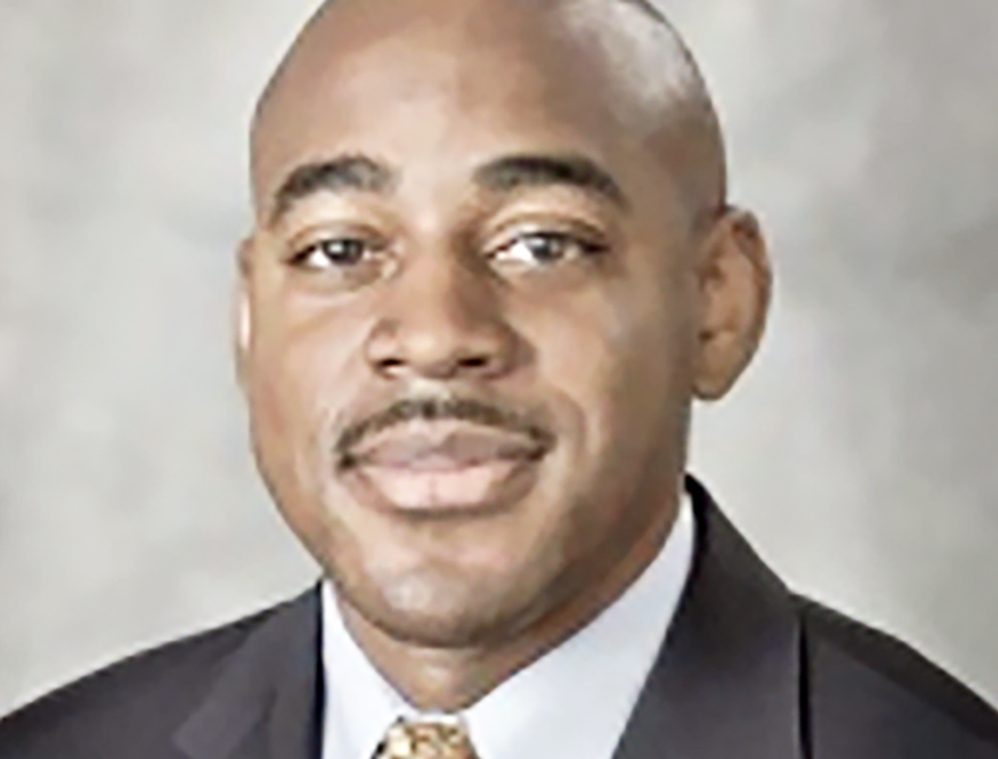There has been no public word yet as to the likely appointee to succeed retiring Federal Appeals Court Judge Bernice Donald, but one name seems to be surfacing more than others in speculation as to who will get the Biden administration’s nod.
That would be Andre Mathis, a member of the Butler Snow law firm’s commercial litigation and labor and employment groups. Mathis’ focus, according to his bio, is on “representing businesses and governmental entities with regard to contract disputes, employment litigation, internal investigations, education law, transportation litigation, premises liability, and financial services litigation.”
Among other lawyers likely to have been considered was the omnipresent Steve Mulroy, a University of Memphis law professor and former county commissioner.
• One of the key factors in the overwhelming support given to new Shelby County Democratic Party chair Gabby Salinas at the local party’s recent convention was the direct involvement on her behalf by the Memphis AFL-CIO Labor Council, headed by United Steelworkers President Irvin Calliste, assisted by such youthful AFL-CIO staffers as Jeffrey Lichtenstein and Sweetrica Baker.
The labor contingent taking part in the Zoom convention is estimated to have numbered in the hundreds and represented the same stepped-up commitment of resources and energy to Democratic causes as was visible locally in the “Blue Wave” election year of 2018 and the Biden-Harris presidential campaign.
• Although sparks may continue to fly involving a recent conflict in county government about how employees receive a bonus payment and how they’ll be taxed on it, the way was finally cleared for the bonus amount — ranging from $1,600 to $5,000, depending on tenure — to be paid on September 15th.
At a specially called meeting last week, the commission approved a formula to include the payment on employees’ regular payroll checks as of that date, and to be taxed according to their established withholding data rather than at a 22 percent formula that federal bookkeeping procedures can apply to add-on payments.
The larger rate, originally designated by County Financial Officer Mathilde Crosby, had been vocally protested by numerous employees who disliked having to surrender that much of the bonus, bestowed on them during budget proceedings along with a 1.5 percent pay raise in their regular salaries.
Commissioner Edmund Ford Jr., who has been in continuous disagreement with the administration of Mayor Lee Harris over numerous matters, had voiced irate suspicions that, in originally setting the higher tax rate, the administration might either have unspecified ulterior motives or have been unduly negligent. He noted that the city government had accomplished similar bonus payments for employees at their regular withholding rate.
Crosby attempted to assure him otherwise regarding his concerns, and, upon looking further into federal tax requirements, concurred that the withholding tax rate would suffice if the bonuses were incorporated into the employees’ regular pay schedule.
The “conflict” was more apparent than real, and commissioners gave the withholding formula their unanimous approval at last week’s special meeting.
• The commissioners are due to tackle a resolution on Wednesday to invite federal monitors back down to Shelby County to investigate questions of racial inequity and misconduct on the part of Juvenile Court.
The monitors, who a decade ago responded to complaints from former Commissioner Henri Brooks and others, found a series of problems to be redressed and mandated improvements. During the Trump administration then-County Mayor Mark Luttrell announced that the reforms had been accomplished and succeeded in getting the monitors withdrawn.
Skeptical Democratic commissioners — including Reginald Milton, Tami Sawyer, and Van Turner — are behind the request to return the monitors, a request which apparently also has the support of former chair Eddie Jones. Republican commissioners might well demur, but the Harris administration, with its emphasis on improvements in juvenile justice, is presumably open to the monitors’ return.

